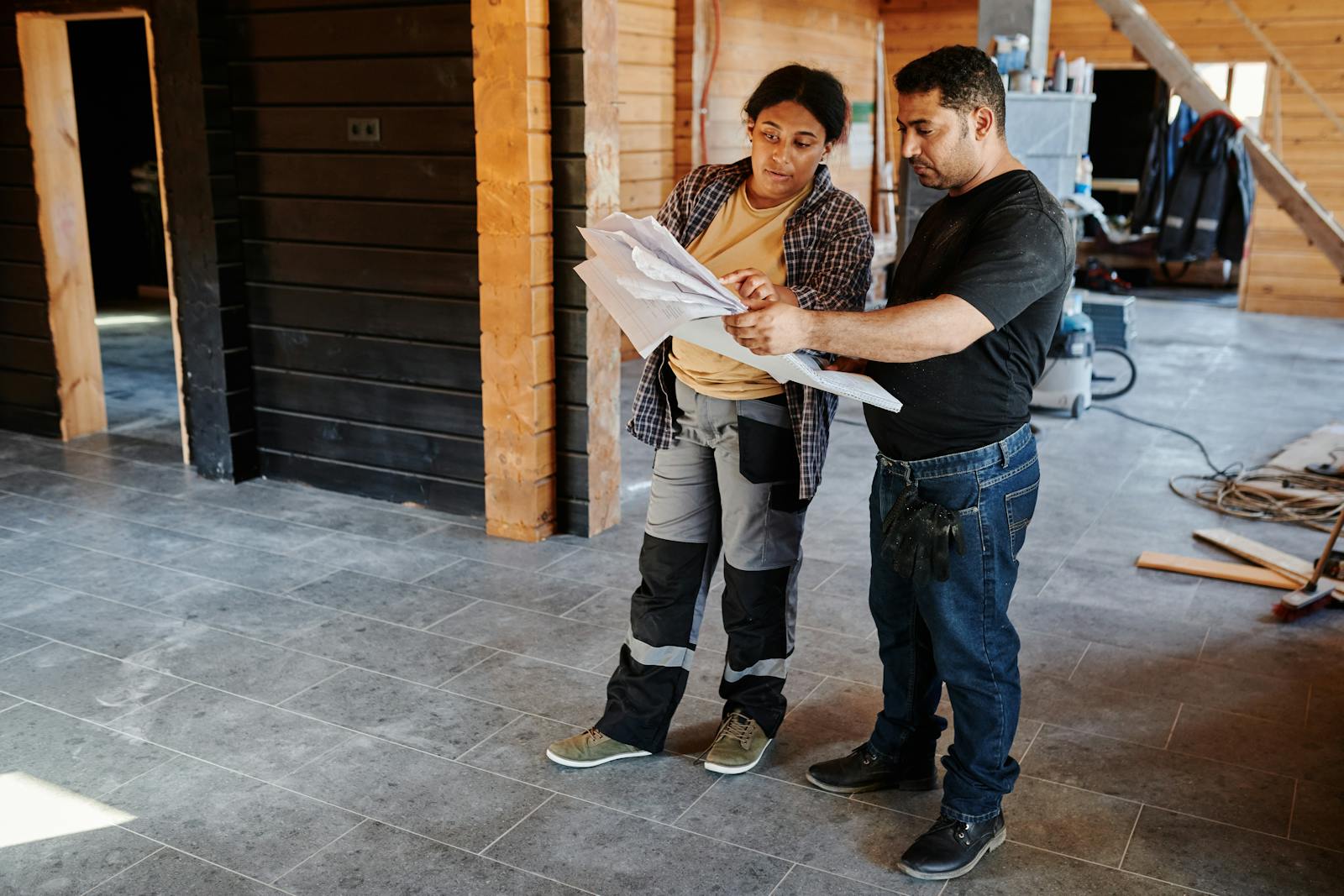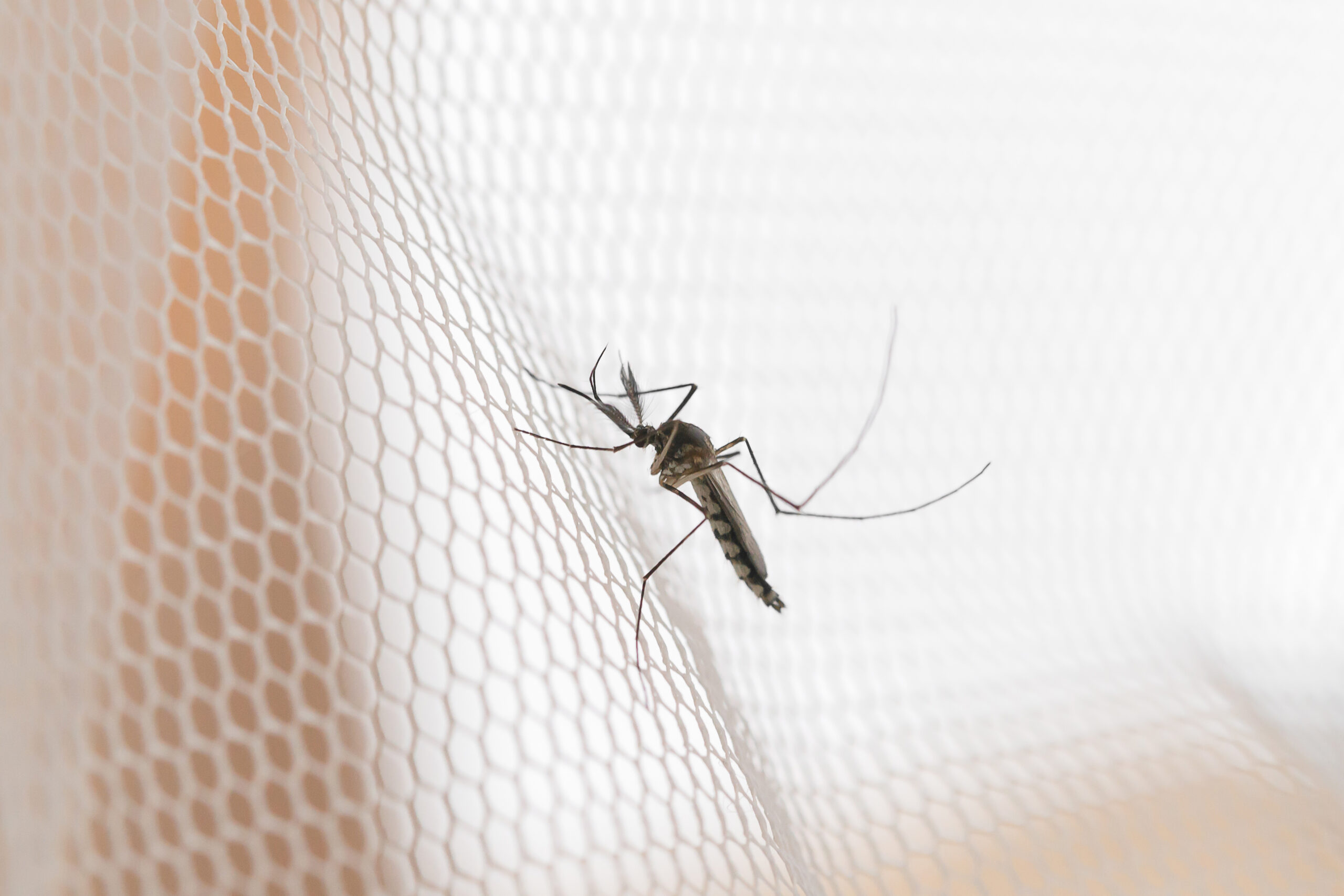To clean dust from your house after construction, start by wearing protective gear like masks and goggles. Use damp microfiber cloths to wipe surfaces from top to bottom, ensuring you capture dust without redistributing it. Vacuum thoroughly with a HEPA filter, focusing on hidden areas like behind furniture. If necessary, use nonabrasive cleaners suited for specific surfaces, such as ammonia-free products for glass. After initial cleaning, clean or replace air filters and plan for a follow-up cleanup a week later to tackle any settled dust. There’s more effective cleaning strategies and tips ahead.
Key Takeaways
- Begin with a top-to-bottom dusting approach using damp microfiber cloths to effectively trap dust and minimize redepositing.
- Vacuum all surfaces, including under and behind furniture, using a vacuum with HEPA filters to capture fine dust particles.
- Clean hard surfaces with appropriate nonabrasive cleaners tailored to each material to avoid damage and ensure thorough cleaning.
- Wear protective gear, such as dust masks and gloves, to safeguard against allergens during the cleanup process.
- Schedule a second cleaning a week later to address any dust that has settled after the initial cleanup.
Dust Removal Techniques
When tackling dust removal after construction, it’s essential to use the right techniques and tools to guarantee a thorough clean.
Start with effective dusting techniques. Utilize microfiber cloths to capture dust instead of merely shifting it around. For surfaces like shelves and cabinets, a systematic top-to-bottom approach minimizes redepositing dust.
Next, implement vacuuming strategies that incorporate HEPA filters. These vacuums effectively capture fine dust particles that can aggravate respiratory issues. Attachments are essential for reaching high areas, such as ceiling fans and light fixtures.
Don’t forget to vacuum under and behind furniture, ensuring no hidden dust remains.
In addition to these methods, focus on air filtration. Regularly clean air vents and replace filters to prevent dust recirculation. Consider installing air purifiers equipped with HEPA filters to continuously trap airborne particles, enhancing your indoor air quality.
Protective gear should be worn throughout the cleaning process. Dust masks and goggles can safeguard against inhaling allergens and particles that may irritate your eyes.
Cleaning Hard Surfaces

Often overlooked, cleaning hard surfaces after construction is vital to achieving an immaculate environment. Start by identifying the various surface types in your home, as each requires specific cleaning products and techniques for ideal results.
For ceramic surfaces, utilize nonabrasive sponges with a baking soda paste to tackle stubborn stains while avoiding ammonia-based cleaners. Clean fiberglass fixtures with nonabrasive solutions and follow manufacturer guidelines to maintain their sheen.
Porcelain surfaces, like sinks and bathtubs, benefit from immediate spill cleanup and the use of all-purpose cleaners. When addressing metal surfaces, employ nonabrasive cleaners and verify thorough rinsing to prevent tarnish.
For wood surfaces, specialized wood cleaning products are essential; polish and wax can enhance their appearance. Remember to dust mop or vacuum wood floors regularly, as this minimizes damage while maintaining their luster.
Establish a cleaning frequency that fits your schedule, guaranteeing regular maintenance to prevent buildup. Incorporate protective measures, like placing mats in high-traffic areas, to prolong the cleanliness of your surfaces.
Always check compatibility with cleaning products to avoid damaging finishes. Additionally, consider using soft cloths to buff surfaces after cleaning, as this enhances shine and removes residual dust.
Tackling Construction Debris

Cleaning hard surfaces lays the groundwork for addressing the significant task of tackling construction debris. Start by evaluating the types of debris present, as this will inform your debris disposal methods.
Make sure you’re familiar with local regulations regarding hazardous materials, as improper disposal can lead to serious health and legal issues. Always prioritize hazardous material safety, especially when dealing with substances like lead paint or asbestos.
Next, focus on improving air quality concerns that construction debris can exacerbate. Use high-efficiency particulate air (HEPA) filters in your vacuum, as they capture fine dust particles that can linger in the air.
It’s essential to wear protective gear, including masks and gloves, to mitigate exposure risks during cleanup.
When it comes to debris disposal, familiarize yourself with proper recycling practices. Many construction materials can be recycled, which aligns with environmental compliance guidelines.
Check local resources for designated recyclers and landfills that accept construction waste.
Be proactive in planning your debris management. Consider creating a debris recovery plan that maps out disposal sites, which can streamline the cleanup process.
Additionally, make sure that you separate hazardous materials from regular debris to avoid contamination and guarantee safe handling.
Specialized Cleaning for Different Surfaces

While specialized cleaning techniques may seem excessive, they’re vital for maintaining the integrity of various surfaces after construction.
Using surface specific cleaners tailored to each material guarantees effective removal of dust and debris without causing damage. For glass surfaces, opt for ammonia-free cleaners to prevent scratches. Stainless steel requires specific cleaners to avoid streaks and maintain shine, while natural stone surfaces need gentle, non-acidic solutions to prevent etching.
Invest in effective cleaning tools like microfiber cloths, which are excellent for trapping dust without scratching.
For floors, use a vacuum with a HEPA filter followed by damp mopping with safe cleaning methods that respect the surface’s finish. Hardwood floors, for instance, shouldn’t be saturated; a lightly dampened mop works best.
Once surfaces are clean, consider applying dust resistant materials or coatings that can help mitigate future dust accumulation.
Establishing a cleaning frequency recommendation is important; high-traffic areas should be cleaned more often, while less frequented spaces can follow a less rigorous schedule.
Tips for Post-Construction Dust Management
Managing dust after construction is vital for maintaining a safe and healthy living environment. Start by implementing effective cleaning schedules that prioritize high surfaces first, such as ceilings and light fixtures, before moving down to walls and furniture.
Using damp microfiber cloths helps trap dust instead of spreading it—this is a significant step in guaranteeing post-renovation safety.
Incorporate health protection measures like wearing N95 masks, protective goggles, and gloves during the cleanup. This gear safeguards you from inhaling fine particles and protects your skin from potential irritants.
Utilize HEPA vacuums to efficiently remove dust from carpets and hard surfaces.
To improve air quality, clean or replace air filters and vents, as these areas often harbor dust. Consider sealing off unaffected areas of your home to contain dust during the cleanup process.
Cleaning one room at a time allows for focused effort and minimizes dust redistribution.
After the initial cleaning, schedule a second cleanup about a week later to address any dust that may have settled post-renovation. This layered approach will enhance your home’s air quality improvement and guarantee thorough dust removal.
Frequently Asked Questions
How Long Does It Take to Clean Dust After Construction?
The cleaning timeline depends on dust sources and your chosen effective techniques. Typically, it takes several hours to days. Prioritize health precautions and establish a regular cleaning frequency to maintain a dust-free environment effectively.
What Supplies Are Essential for Post-Construction Dust Removal?
For effective dust removal, gather essential cleaning equipment like HEPA vacuums, microfiber cloths, and surface protection materials. Use advanced dust removal techniques and consider air purification systems to enhance air quality during the cleaning process.
Can I Clean Dust Without Professional Help?
Yes, you can clean dust without professional help. Use DIY techniques like effective vacuuming tips, implement dust prevention strategies, enhance air filtration, and focus on detailed surface cleaning to maintain a cleaner environment efficiently.
How Often Should I Clean After Construction Work?
You should establish a maintenance schedule based on cleaning frequency to combat dust accumulation. Different surface types require varied attention, ensuring ideal air quality. Regular cleaning helps maintain a healthier environment and prolongs surface life.
Are There Specific Products to Avoid During Post-Construction Cleaning?
When cleaning post-construction, avoid products that compromise dust containment. Choose methods prioritizing respiratory safety. Guarantee surface protection with appropriate cleaners and select a vacuum designed for fine dust to maintain control over the environment effectively.
Conclusion
By following these effective dust removal techniques and cleaning strategies, you can transform your post-construction space into a clean and inviting home. Remember to prioritize hard surfaces, tackle debris methodically, and use appropriate cleaning methods for various materials. Consistently managing dust during and after construction will save you time and effort in the long run. Whether you choose to clean yourself or hire professionals, you’re now equipped to reclaim your space and enjoy your newly renovated environment.





